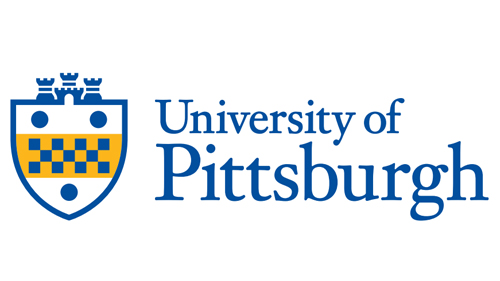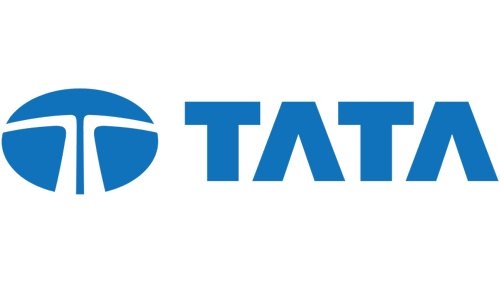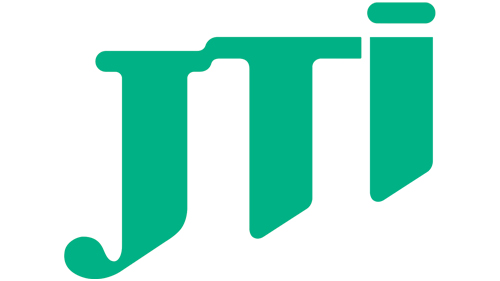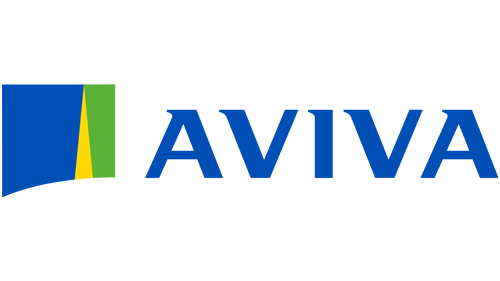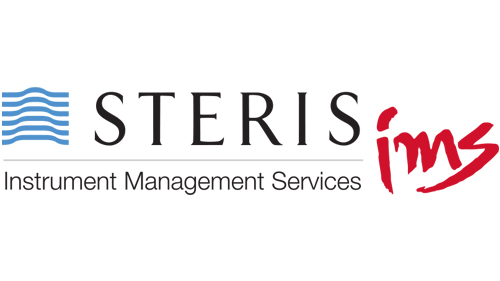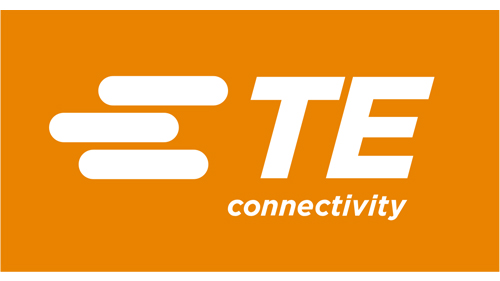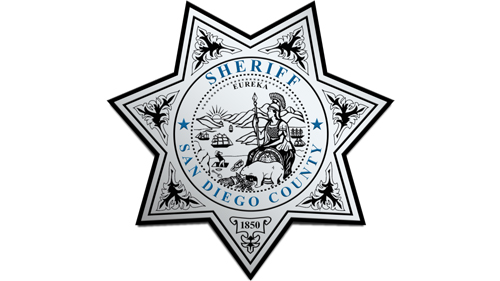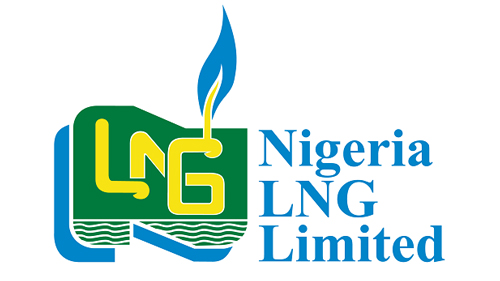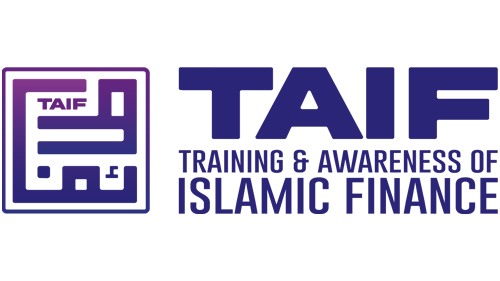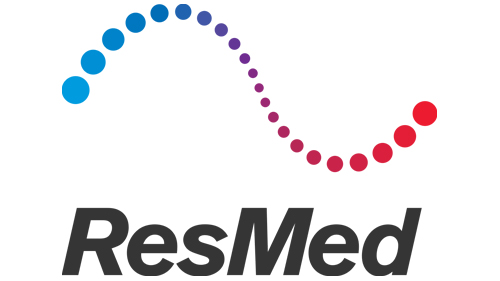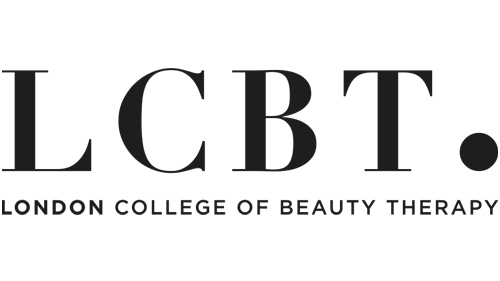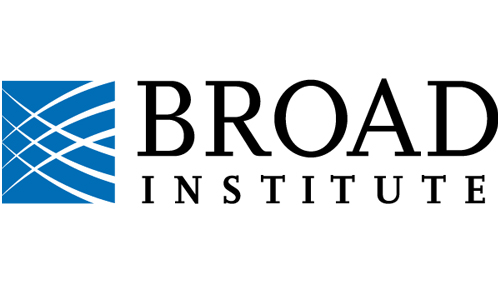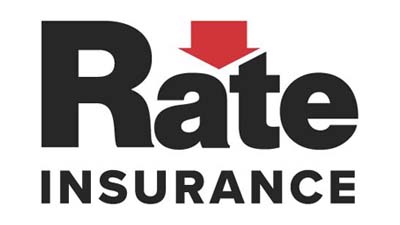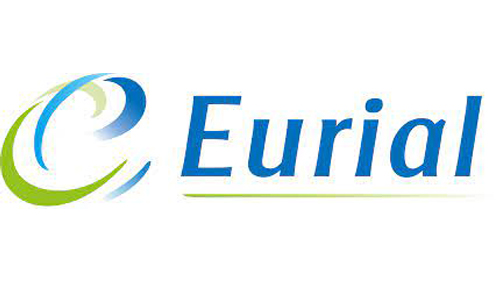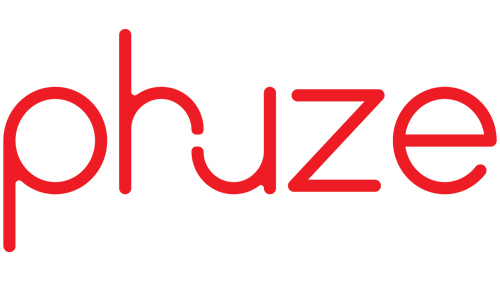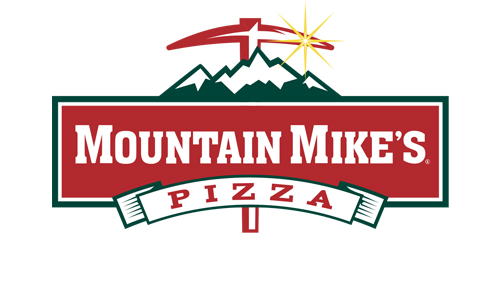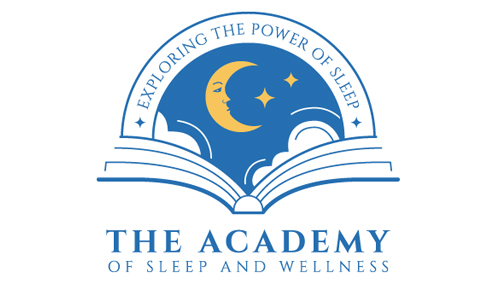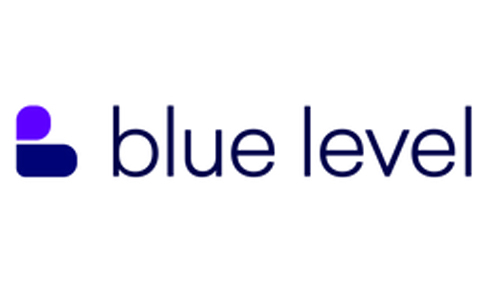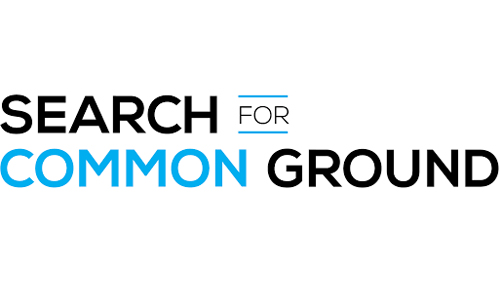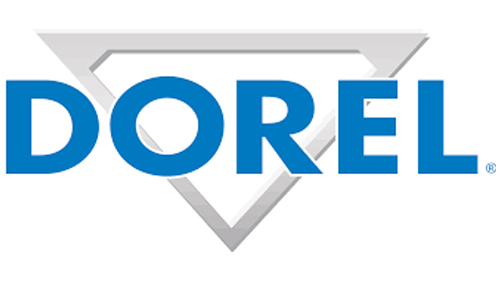What is Custom eLearning Development?
Custom eLearning Development is a quick and inexpensive solution for organizations and institutions that want to bring the best learning materials to their learners as fast as possible. The method uses rapid authoring tools and a lean methodology to save time and money and shorten development cycles.
Custom eLearning development can have a short turnaround time of as little as 2-3 weeks by reducing development time by as much as 40%.
Despite being an accelerated process, rapid eLearning does not compromise on the quality of the learning they offer. Custom eLearning development is designed using instructional design principles and frameworks with the goal of meeting all learning objectives effectively.
Custom eLearning development enables businesses and institutions to train their learners quicker, allowing them to reap the benefits of learning as soon as possible.
Key Considerations while engaging a Custom eLearning Development Partner
Learning Everest’s Approach to Custom eLearning Development
Why Choose Us?
Multidisciplinary Industry Experts
Multidisciplinary Industry Experts
Our team at Learning Everest has experience spanning years, disciplines, and industries. We understand the challenges and requirements of various sectors and can effectively cater to the needs our clients come to us with.
Consistent Communication Loops
Consistent Communication Loops
We involve our clients at each step of the custom eLearning development process by giving them consistent updates and information about the project’s progress. With the help of client feedback and suggestions, we refine our deliverables in real-time to ensure timely delivery.
The Use of the Latest Tools
The Use of the Latest Tools
We use an assortment of the latest tools to develop our storyboards, instructional materials, and eLearning courses. These include office tools, graphic design programs, photo and video editing software, and the Articulate suite. By combining the strengths and functionalities of these tools, we create rich deliverables in short timeframes without needing to outsource asset development.
Benefits Custom eLearning Development
Client Success
The client is a partnership of expert bodies and individuals in the discipline of circular economy based in Europe. They function as a multi-disciplinary and dynamic team to aid and educate students, employees, managers, and leaders about circular economy principles and their implementation.
They do so primarily through comprehensive virtual certification courses that are tailor-made for different levels of expertise and experience. Their team is immensely passionate about enlightening businesses and individuals about the benefits of circularity so as to build a more sustainable and efficient market.
Their certification courses equip learners with theoretical knowledge, as well as practical skills and resources for them to participate in and contribute to a circular economy. The courses are backed by robust research that has developed as a result of the years of time and effort their panel of experts has put into the subject matter.
They empower learners to take concrete steps at the organizational, regional, and international level and educate them on how to make the most of legislative, policy-related, and international provisions for circularity.
All in all, they are dedicated to help their learners grow professionally while also enabling them to leave a larger impact on the world around them.
Our alliance with the client began when they approached us to design and develop e-learning modules for their certificate courses.
After experiencing the quality of work Learning Everest provides at competitive prices and shorter timeframes, they decided to stick with us. They were also very pleased with our ability to handle their rich and technical content meaningfully and executing the vision they had for these courses from an aesthetic standpoint.
The client partnered with us for the long term to adapt their certificate course readings into e-learning modules so they could offer their certifications to a larger audience and give their learners two different modes to study from.
Given the complexity of the subject matter, it was imperative that learners received multimodal learning that would reinforce key concepts effectively.
They wanted each course to be highly interactive and engaging. Additionally, the client had a very clear vision for the design and aesthetic of the courses, drawing inspiration from science and nature documentaries and photojournalism.
They also wanted their courses to have a voiceover so learners get a thorough and expansive understanding of the information presented.
Presenting the complex content in a digestible and consumable manner without watering it down too much was our main priority. At the same time, interactivity was a must-have for this bundle of courses. Thus, the course was designed on a clean and minimal template that allowed the main content to take center stage, no matter the treatment given to it.
Utilizing space efficiently was an important aspect of the course design to give learners a multimodal learning experience throughout and keep them engaged without cluttering the interface. A blend of text and multimedia elements was used on each screen to achieve this. These included:
- Images
- Illustrations
- Icons
- Videos
- Dynamic backgrounds
- Charts
- Tables
Apart from this, the content was distributed using clear visual hierarchies and the placement of elements was kept consistent.
To add another layer of dynamism and movement to the content, loading animations and timelines were utilized to prevent monotony and reduce the cognitive load.
The next strategy used to cut through the large volume of content was through interactivities. All deliverables for this client were structured multi-hour learning courses and thus, interactivity was essential to keep learners engaged and prevent content overload. Hence, longer sections were broken down using branching, sub-menus, tab interactions, sliders, drop-down tags, click-and-reveal actions, etc.
The last major approach used was gamification. Gamification achieved two targets – demonstrating how the core concepts of the lesson can be applied in the real world and creating internal motivation in learners to meaningfully engage with the course. The gamified elements were incorporated into knowledge checks which included MCQ-based quiz questions. Each course had a unique prompt with a story to it, and by getting the quiz answers correct, they could accumulate scores to achieve the goal expressed in the prompt. For every narrative, there was a corresponding scoreboard and each scoreboard had a unique design and mechanics.
To ensure a perfect final product, all courses went through various rounds of thorough quality checks before being delivered.
Trusted By World’s Leading Organizations
